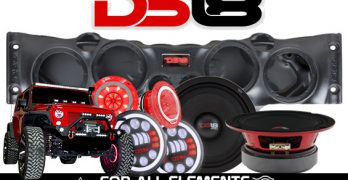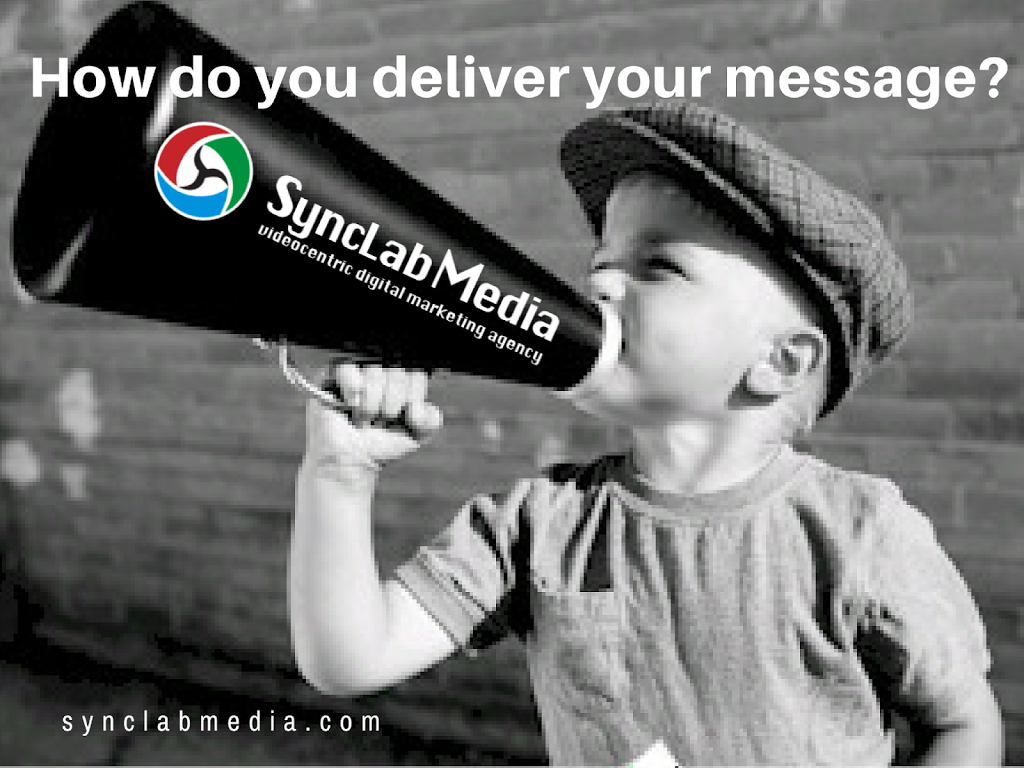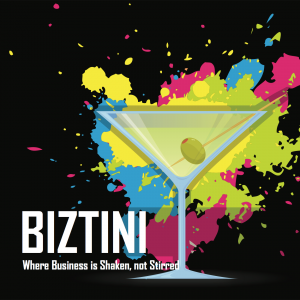
![]() Well here we are again..my 5th episode…what does that mean? It means I’m still having fun.
Well here we are again..my 5th episode…what does that mean? It means I’m still having fun.
This episode has to do with what it takes to produce a podcast. The interest in podcasting is coming back
Agenda:
- What all is involved with producing a Podcast
- What are some best practices for keeping the podcast going?
- What equipment I use to produce the BizTini Podcast…and a few other jewels of wisdom I have about podcasting.
YES…this is going to be a long podcast.
I do want you to know that the BizTini Podcast website is launched now at biztini.net and I did want to mention here that if you are interested in becoming a sponsor of the BizTini Podcast, please drop me an email at sponsor @ Synclabmedia.com and I’ll send you my media package.
OK, let’s get started
What does it take to produce a Podcast?
There are three things you have to have in order to produce a podcast;
- Passion
- Knowledge
- Patience
It would be an understatement for me to say there is a lot to producing a Podcast. However, if you are a person with a driving passion and a lot to say, then Podcasting can be very rewarding.
As many of you know the BizTini Podcast is not my first venture into podcasting. I have actually been podcasting for most of 20 years and have produced three podcasts since 2006…the Mr Business Golf show and the very short-lived ClamBake Cafe.
Both of them were focused on talking about the Golf industry…my core passion..and how to use golf as a business tool.
The reason I bring this up is to illustrate the need for you to have more than a passion for something to produce a podcast. Yes, you have to have a passion, but you also have to have a Plan. Without a plan..then producing a podcast just becomes a big chore you do for which in short order you are going to chuck it all because you found your passion for something else was stronger.
Going to Have to Be Knowledgeable
So it takes passion..but it also takes knowledge. Specifically, technical knowledge.
No, you don’t need to be an audio engineer but it would be good to have knowledge of how the podcast gets out on the internet to your listeners. Knowing the flow of content will help you appreciate what it is you are doing…Podcasting.
But even more specifically, knowing what a quality podcast sounds like…how it was produced…knowing what the best podcast hosting platform would be and knowing what equipment you need to record the podcast are just the minimum knowledge you need.
Now if you are like 99% of podcasters who start out on their own to produce a podcast you are going to be short on budget. So, you are going do what all beginner podcasters do as to ‘Go Cheap’.
You will look for the cheapest hosting platform, the cheapest recording equipment, and the cheapest website hosting. You’ll just go Cheap on everything. Where does going cheap lead you?
Going Cheap will eventually affect your quality and how people see you as a podcaster.
There are ways of making things cost effective but the quality is always going to cost more.
So unless you inherited all our your recording equipment don’t go into podcasting thinking it will be a cheap way to market yourself or a product or service.
Always Think about what you want to get out of your podcast.
If you are podcasting to demonstrate your consulting abilities you don’t want to cut corners in the quality of audio.
If you are podcasting to sell a product or service, you want that message to come on strong…this is where having a well-produced website developed to go with your podcast.
Knowing what a quality podcast should sound like will help you identify where you can cut corners on costs and where you have pony up on making a big purchase in equipment needed to produce the high-quality audio needed for your podcast.
Got to Have Patience
The third thing you have to have a lot of before starting a podcast is Patience.
Time moves fast then slow and seems to stop we it really needs to move on. Producing a podcast will run that gambit.
Preparing for the podcast seems to take forever and then when you hit the record button it seems to go so fast, then doing the edit producing the quality to the podcast seems to never end…then when you post the podcast it seems like it takes forever before anyone listens.
Actually, it could take days or weeks before the Podcast gets any traction.
My first podcast did not gain traction until three months after I stopped podcasting that show. The point is, you have to have the patience to produce a podcast.
Patience is something you have command of before even starting down the road to producing podcasts.
Next Up…What are you getting into some of the best practices you need to use when producing a podcast? I’ll dive into that right after this break.
Equipment Needed
So what kind of audio equipment and computers do you need to produce a podcast and then what do you have to do to get the podcasts to be listed on the internet so people can find it?
All are great questions.
We are going to get to that but let’s talk best practices for podcasting.
Let’s start off with what makes a quality Podcast?…quality audio.
First of all…quality audio consists of clear sounds. Whether it is your voice, sound effects or music, if it is NOT clear IT IS NOT quality audio.
Background noises like dogs barking, kids crying, landscape blowers or rattly old fans will drive listeners away.
So the first and foremost thing you need is a quiet place to record.
OH I know, some of the more popular podcasters who have millions of followers record anywhere and have all kinds of noises in the background. But before they had those millions of listeners they probably recorded their podcast in a quiet place. Remember, you are probably just getting started so gaining an audience will only come from producing a quality program.
Now, what produces quality audio?
Obviously, a Microphone.
For several years I used a condenser mic. Condenser mics are what is used in studios. The condenser mic worked as long as my studio stayed quiet but over time with computer fans and Heating and AC motors running it just got too hard to edit out the background noises.
So I moved over to a Dynamic Mic…you know…like the ones the Rappers seem to try to shove down their throats when they are on stage. Not to just pick on the Rappers, most singers today use a Dynamic MIC.
Dynamic Mics pick up only the sound that is right in front of the sensor or diaphragm. I want to get all nerdy on the specs of the condenser and dynamic mics.
But in general, condenser microphones exhibit a higher sensitivity than dynamic microphones. … In other words, if the microphone has to handle a lot of background noise that is not wanted then a low sensitive mic like the dynamic mic works best. IF you are in a studio and can hear nothing in the background then a condenser mic that is highly sensitive works.
But enough on the Mic.
What do you hook the Mic to?
Here is where things can get expensive quickly, but if you keep the focus on the need quality then hooking your dynamic mic to a Pre-AMP with a Driver that is connected to a Mixer Board will help produce a clearer and more amplified pleasing voice. This also means you do not need to talk as loud into the Mic.
Of course, there are ways to connect you dynamic mic directly into your PC or MAC and work all the pre-amp and mixing with software which is fun but can get a confusing quick.
I just prefer to have the knobs to turn and levels to pull to produce the quality of audio I want.
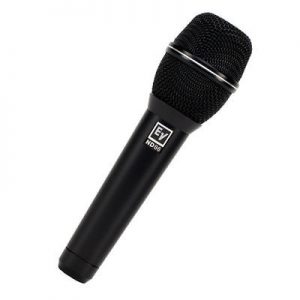 I use a Model ND 86 EV (EelctroVoice) dynamic mic. Runs around $150…there are many much cheaper and even more far more expensive. I just liked the way the EV sounded out of the box. Some of the less expensive seemed to be very tinny and the more expensive I could tell the difference…so I went for the EV.
I use a Model ND 86 EV (EelctroVoice) dynamic mic. Runs around $150…there are many much cheaper and even more far more expensive. I just liked the way the EV sounded out of the box. Some of the less expensive seemed to be very tinny and the more expensive I could tell the difference…so I went for the EV.
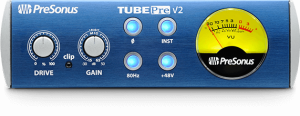 Now, I have used a PreSonus Pre-Amp..model TubePreV2 for over 10 years. The TubePreV2 has an old school Tube in it. I won’t take the time to go into the old school processing of sound…I’ll put a link in on my site for this episode that will send you to the discussion on tubes.
Now, I have used a PreSonus Pre-Amp..model TubePreV2 for over 10 years. The TubePreV2 has an old school Tube in it. I won’t take the time to go into the old school processing of sound…I’ll put a link in on my site for this episode that will send you to the discussion on tubes.
The Pre-AMP is what is giving me that Booming sound in my voice and as you can tell I am not really talking that loud. It is a great piece of equipment to have if you talk for long stints which most podcasters.
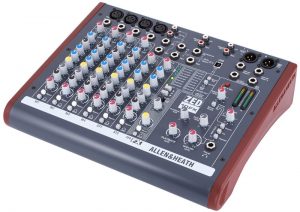 After the Pre-Amp I have it plugged into my Allen & Heath ZED FX10. This is a four channel mixer with a separate sound card for each channel. This means I can hook up four mics or instruments to these channels and control their sound much like the Pre-AMP.
After the Pre-Amp I have it plugged into my Allen & Heath ZED FX10. This is a four channel mixer with a separate sound card for each channel. This means I can hook up four mics or instruments to these channels and control their sound much like the Pre-AMP.
Yes, the Allen &Heath is an overkill. There are much smaller and less expensive mixers. I just rather use a mixer before the could enter the recording program.
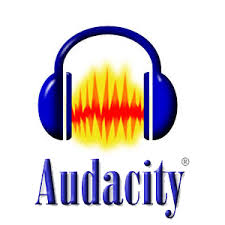 Now, I use Audacity for my audio capture. Audacity is a free program that you can download from the internet onto your PC or MAC. It works just as well on the PC as it does on the MAC. Audacity is easy to learn…most of it is automactic..like it knows where you MIC is and your Playback Monitors are located on your computer.
Now, I use Audacity for my audio capture. Audacity is a free program that you can download from the internet onto your PC or MAC. It works just as well on the PC as it does on the MAC. Audacity is easy to learn…most of it is automactic..like it knows where you MIC is and your Playback Monitors are located on your computer.
Audacity also has a robust Editing capability featuring the noise reduction effect that helps get rid over any unwanted background knows that is picked up during the recording.
I am using a MAC mini for this recording…It is a workhorse but I also have a PC I will use in cases where I am working on another project on the MAC…both do the trick.
Now, here is where the MAC does beat the PC. Once I get the Podcast Recorded on Audacity and clean up the audio using Audacity, I will download the MP3 files to my hard drive and then upload them into the Podcast Template I have built in Garageband.
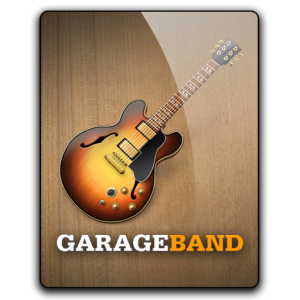 The reason I use Garageband is purely due to it being native to the MAC and is FREE. It is a monster to learn, but once I got the hang of it it makes building the podcast easier.
The reason I use Garageband is purely due to it being native to the MAC and is FREE. It is a monster to learn, but once I got the hang of it it makes building the podcast easier.
Plus Garageband allows me to build all of the little intros and interludes and the music Bed that is playing under my talking…hear it?
Once I get all of the podcast built I save it to my hard drive and it is ready to upload to my podcast Host.
But right now Let’s take a break and I’ll be back to wrap things up talking about hosting your podcast.
Podcast Posting
OK Podcast hosting. My advice, don’t go with the Free hosting. There are some very inexpensive one that will hold your MP3 files and provide you with a moderate level of promotion for your Podcast.
Yes, there are some that are very expensive and those are the ones that most of the popular podcasters can afford to pay. But if you are just getting started the search for a Podcast Hosting platform that is affordable.
I’ll put a link in the Transcript of this podcast on the BizTini Podcast website.
I am not endorsing them, but I do use PodHoster. They are very affordable and easy to use.
What Happens After Podcast Hosting?
Well, you need to get your Podcast listed.
You need to for sure get to listed on Google Podcast. You can google how to do that.
Then on Apple Podcast and then where ever else you want the Podcast to be listed.
Need a Website
What about a Website for the Podcast?
Yes, a website to link the feed from your Podhosting platform would broaden your digital footprint. However, a website would be on more thing to manage.
Other than that, that is pretty much what you are going to get into when you Podcast.
I’m certain there is much more you can do in podcast production and maybe even less, but this is what I am doing right now. I’m for certain that I will be managing something different as I grow into this new podcast…like video.
I could come back to talk about that…but best wrap this episode up.
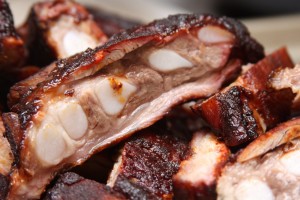
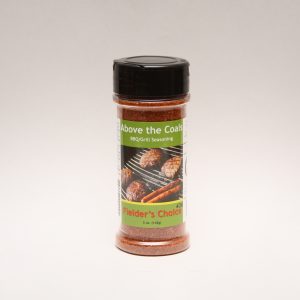 Before I go I wanted to take my sponsors..Above the Coals seasoning and SyncLab Media who is also the producer of BizTini.
Before I go I wanted to take my sponsors..Above the Coals seasoning and SyncLab Media who is also the producer of BizTini.
 If you would like to be a sponsor, please let me know and I will send you my media package.
If you would like to be a sponsor, please let me know and I will send you my media package.
If you have a subject you would like for me to discuss, let me know that as well.
Thanks to all of my followers who emailed and providing feedback….I do read all of my emails…good and bad.
Thanks, Kay from Burleson, TX for your kind words. It was a pleasure to be able to help.
And that is about it Thanks again for listening to Episode 5 of the Biztini Podcast, I’m your host Scot Duke, Good day And let me know how I can help.



